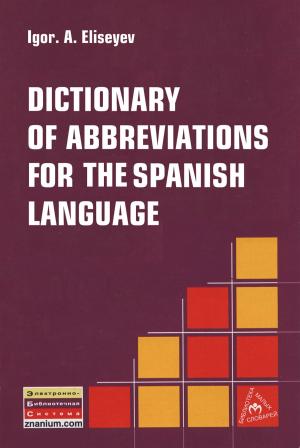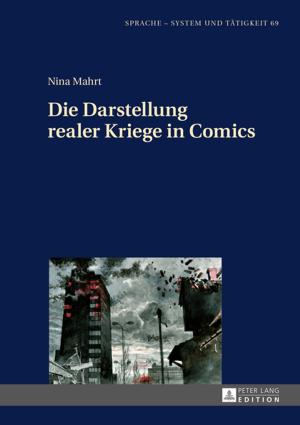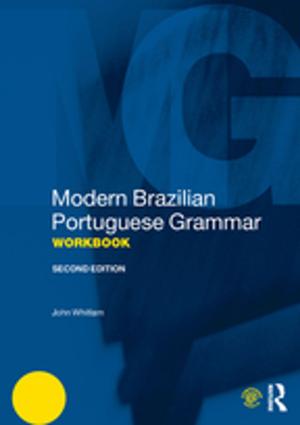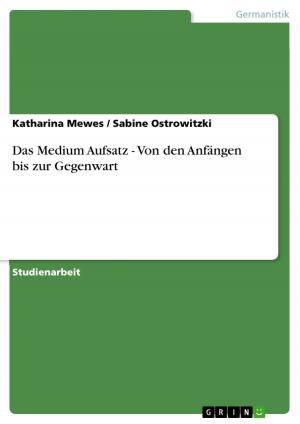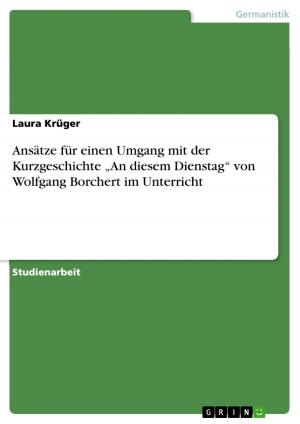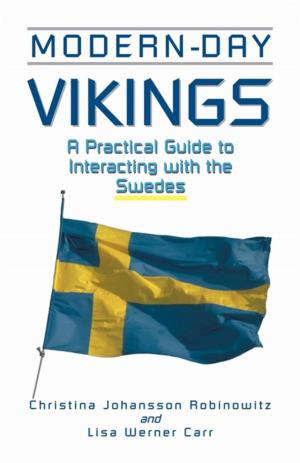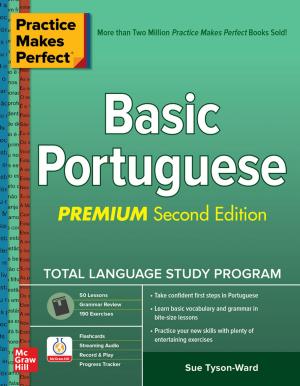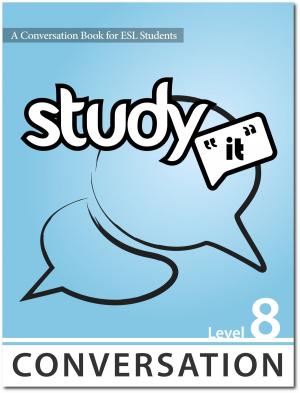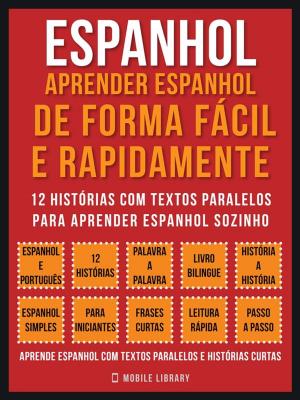Messaging: beyond a lexical approach in ELT
Nonfiction, Reference & Language, Study Aids, ESL, Foreign Languages| Author: | George Woolard | ISBN: | 9781301906864 |
| Publisher: | George Woolard | Publication: | March 24, 2013 |
| Imprint: | Smashwords Edition | Language: | English |
| Author: | George Woolard |
| ISBN: | 9781301906864 |
| Publisher: | George Woolard |
| Publication: | March 24, 2013 |
| Imprint: | Smashwords Edition |
| Language: | English |
In Chapter 1, I outline why the message should be the central focus around which the learning of grammar and vocabulary takes place. I will suggest that this helps the learner to produce more actual language and less possible language.
In Chapter 2, I explore the difference between language that is produced consciously and language that is produced spontaneously. I will argue for a massive increase in memory-based learning activities that involve matching meaning directly with messages or chunks of language.
In Chapter 3, I present a case for the constructive use of translation or ‘own-language use’ as the most efficient means of providing comprehensible input for learning. I will also outline how ‘own language use’ enables the teaching of grammar and vocabulary to proceed on a ‘Needs Only Analysis’ basis, allowing greater flexibility and efficiency of learning.
In Chapter 4, I consider how the above considerations impact on teaching materials and the structure of a lesson. A new type of coursebook structure called a textSbook will be proposed. I will describe in detail an approach to teaching and learning that provides the level of (i) memory-based learning and (ii) practice activities needed to develop real-time language comprehension and production.
In Chapter 5, I turn to self-directed learning, and outline some of the resources, strategies and techniques learners should use to manage their own learning outside the classroom.
In Chapter 1, I outline why the message should be the central focus around which the learning of grammar and vocabulary takes place. I will suggest that this helps the learner to produce more actual language and less possible language.
In Chapter 2, I explore the difference between language that is produced consciously and language that is produced spontaneously. I will argue for a massive increase in memory-based learning activities that involve matching meaning directly with messages or chunks of language.
In Chapter 3, I present a case for the constructive use of translation or ‘own-language use’ as the most efficient means of providing comprehensible input for learning. I will also outline how ‘own language use’ enables the teaching of grammar and vocabulary to proceed on a ‘Needs Only Analysis’ basis, allowing greater flexibility and efficiency of learning.
In Chapter 4, I consider how the above considerations impact on teaching materials and the structure of a lesson. A new type of coursebook structure called a textSbook will be proposed. I will describe in detail an approach to teaching and learning that provides the level of (i) memory-based learning and (ii) practice activities needed to develop real-time language comprehension and production.
In Chapter 5, I turn to self-directed learning, and outline some of the resources, strategies and techniques learners should use to manage their own learning outside the classroom.


